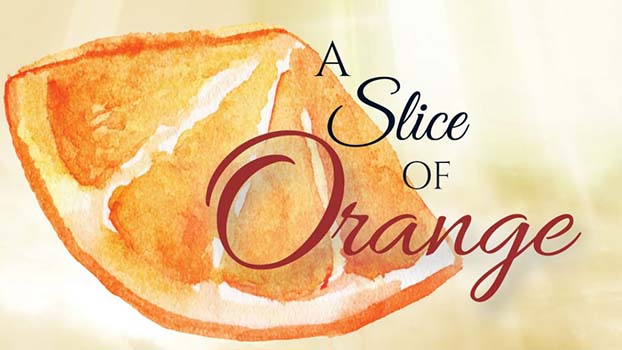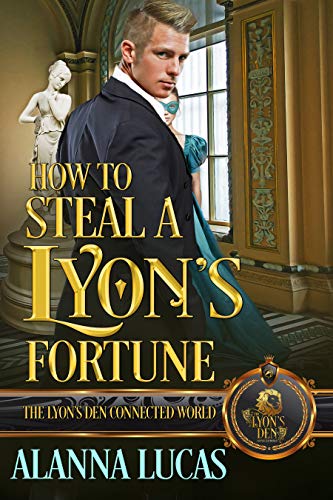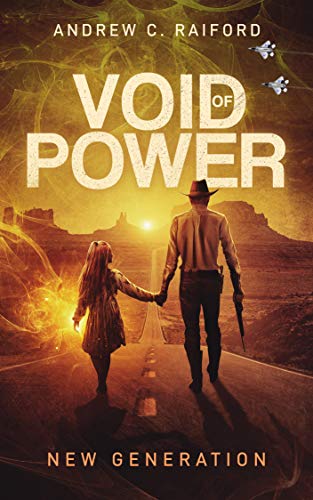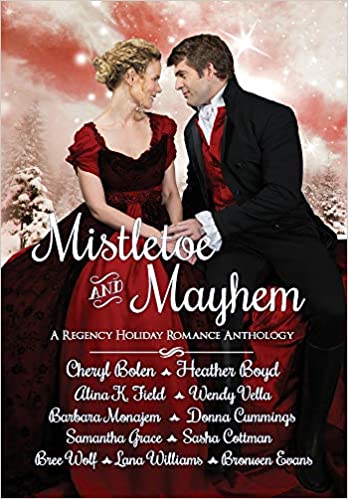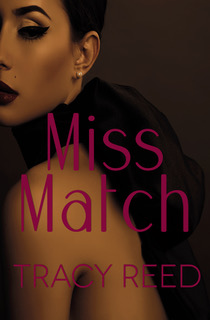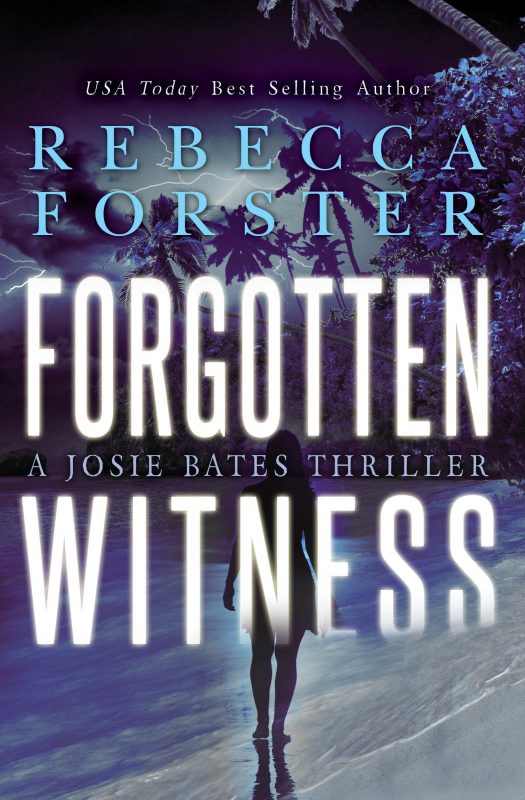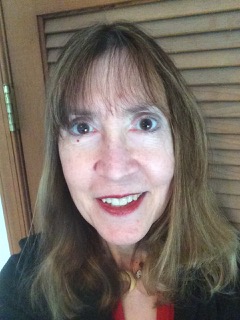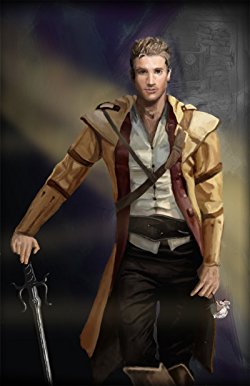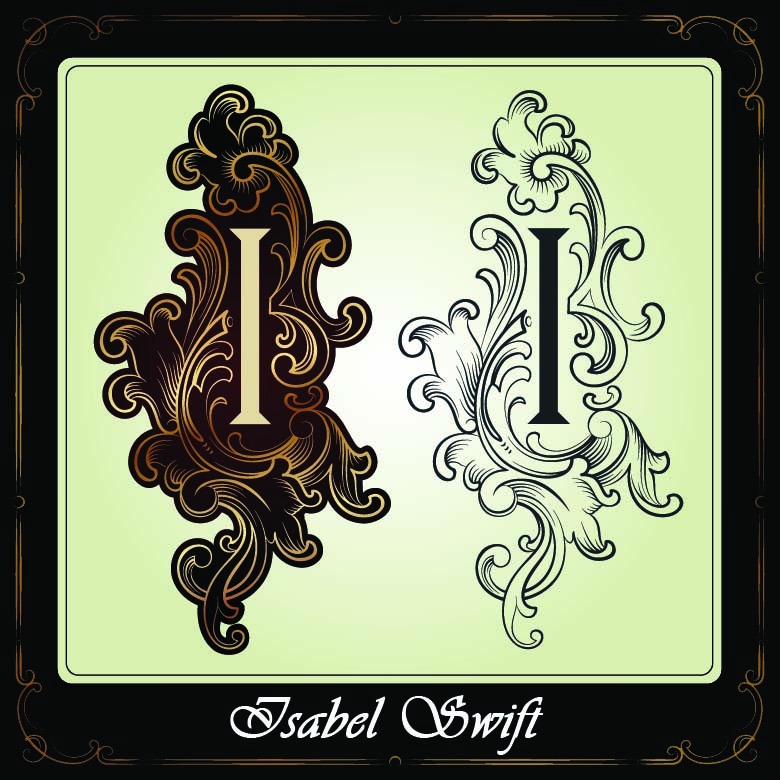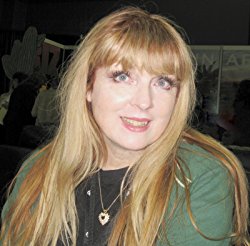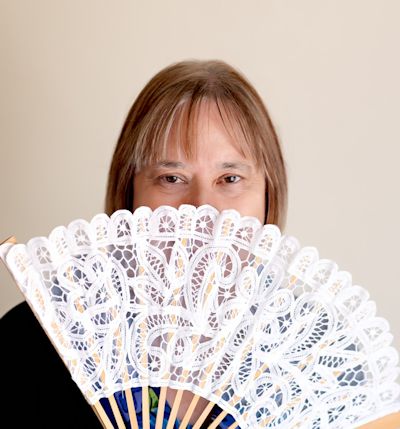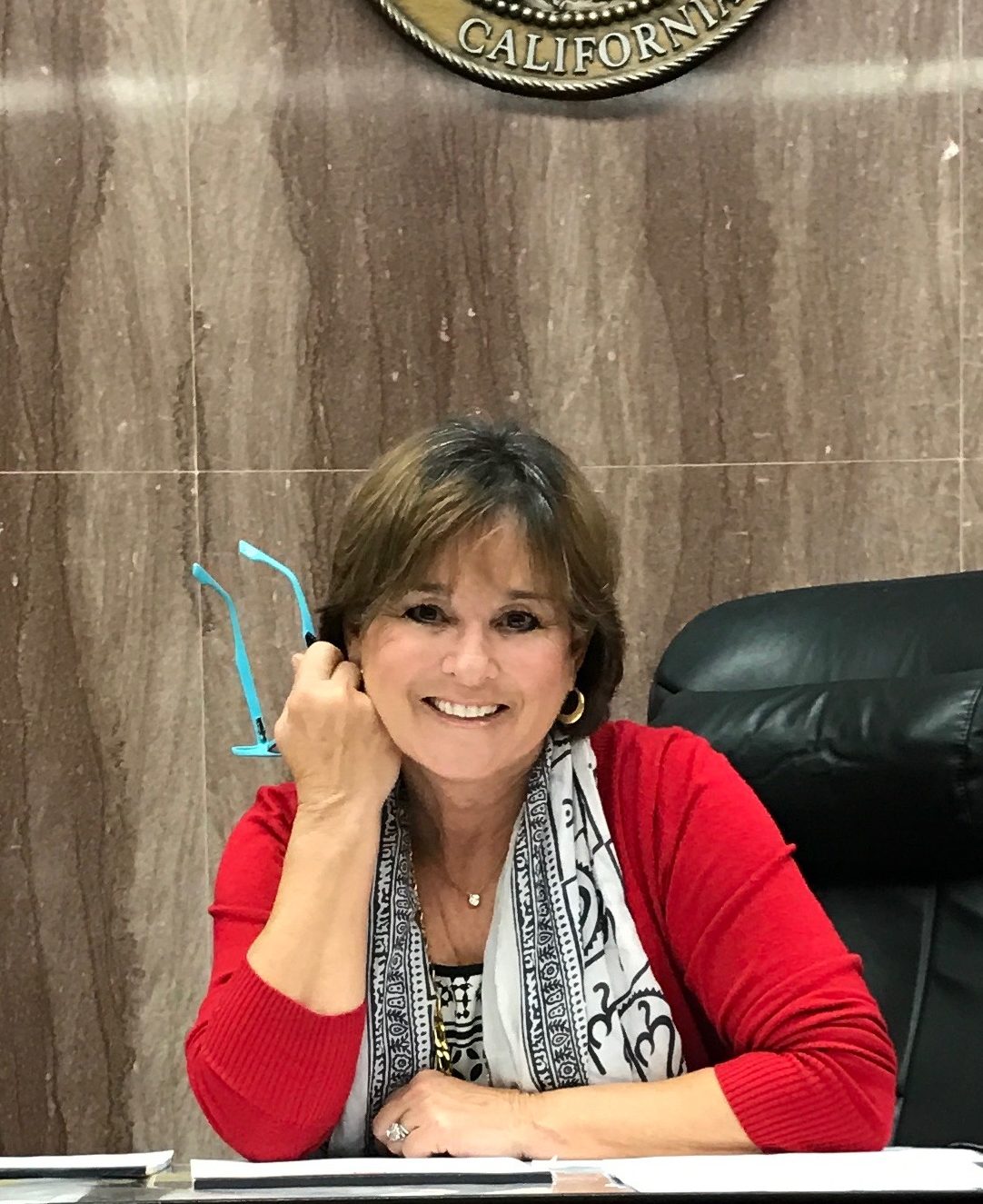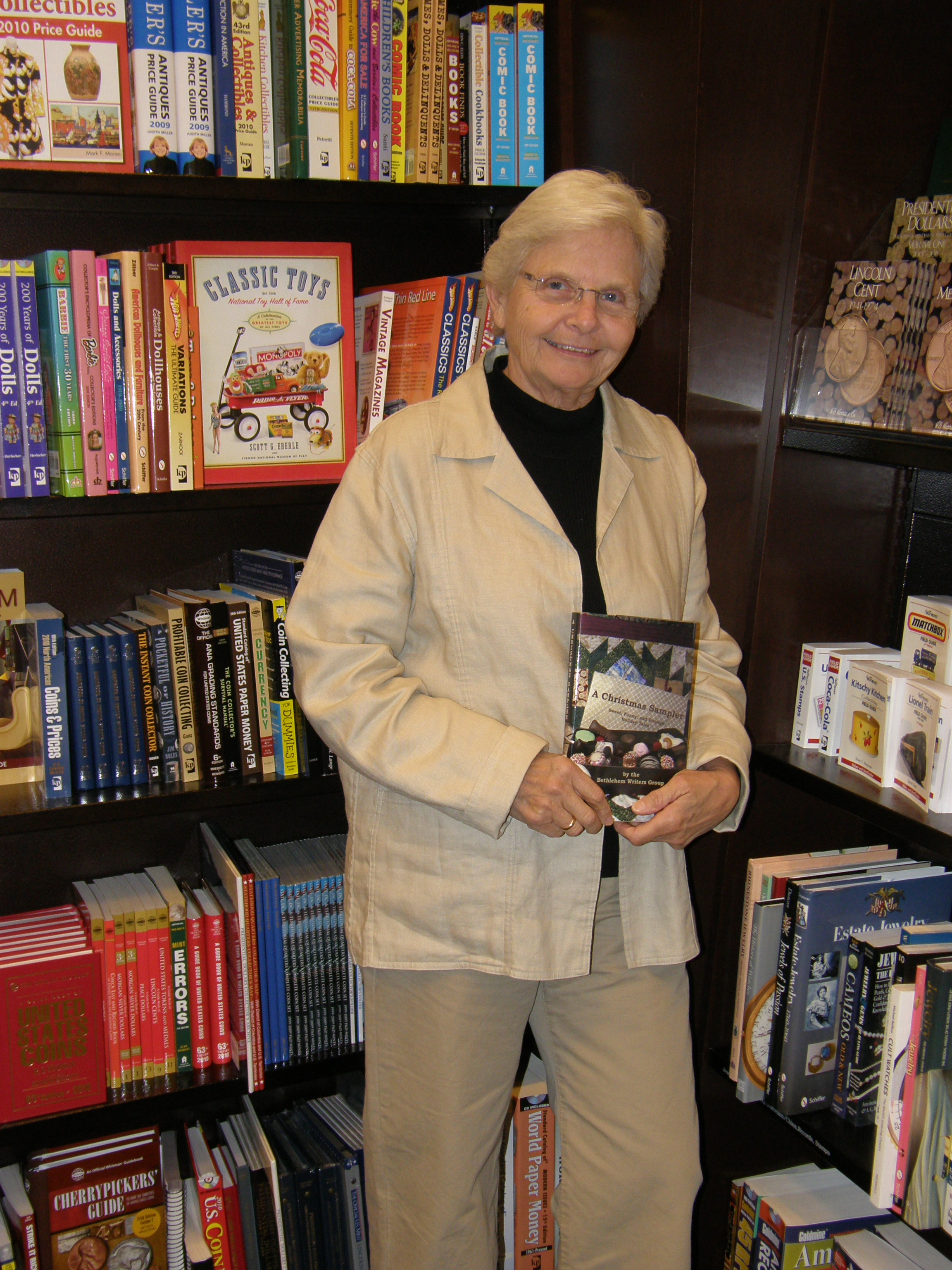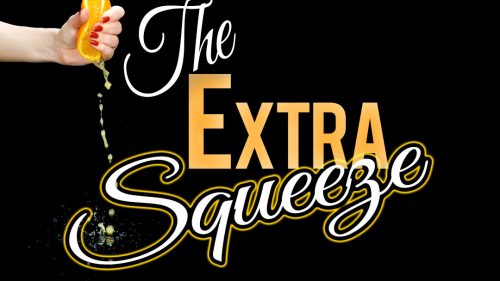One Small Sign
July 30, 2020 by Dianna Sinovic in category Quill and Moss by Dianna Sinovic tagged as Dianna Sinovic, fiction, flash Fiction, short storyOne Small Sign
The house was still—so quiet and somber after Gran’s passing—but Kiri refused to turn on the TV or crank up her earbuds just to fill the silence with trivial sounds. She wanted to catch the memory of Gran’s voice, to hear that mischievous laugh again. Within that nothingness, the faintest of snuffles echoed in the hallway outside Gran’s study, where Kiri was reviewing for a test.
Putting her Econ book face down on the desk, she stepped close to the hall doorway and listened.
There it was again. Snuffle, snort.
Unnerved—she was alone in the house—Kiri poked her head cautiously around the door frame to look down the hall. Empty.
With a small sigh of relief, she walked down the hall and into the dining room to check there. The room was cramped not only with the eight-foot dining table, but also a sideboard, a corner cabinet and a large breakfront. She’d eaten many a meal in this room, with her Gran and, in the years before his death, Gramps presiding. Now both were gone. Despite the bulky furniture, the room felt empty, lifeless.
Scanning the area, Kiri noticed a small figurine on the otherwise cleared table. She picked it up. About six inches long and four inches high: An antelope with its feet tucked neatly beneath it, two short, thin horns, and large deer-like ears. It seemed to gaze at her with dark glistening eyes.
“Where did you come from?” Kiri addressed the object, turning it over.
Oribi, a small African antelope, the label affixed to the bottom said.
Kiri’s gaze wandered to the breakfront. In addition to Gran’s delicate china pieces with their faint blue cloud pattern, the shelves held a few other figurines: an impala and a gazelle, their horns much longer and more curved than the oribi’s.
Gran had a thing for antelopes even though she’d never seen one outside of the Philadelphia Zoo. “To be able to run with that grace and speed,” she told Kiri. “It must be an incredible sight on the savanna.”
Africa had been on Gran’s bucket list, but the Fates had another idea: cancer.
Kiri put the oribi back in its place, with the others, and closed the breakfront section. It had been a month since the memorial service and her parents’ decision that Kiri could live at the house, but how she missed Gran.
As evening came on, she cooked herself dinner, washed up, and went back to studying. Her class final was in two days.
Deep in thought on volume discount pricing theory, she was startled by another noise from the hallway.
Snuffle, snort.
Once again, Kiri followed the noise to the dining room, and there sat the oribi figurine, back on the table.
She picked it up, but this time, she carried it with her to the study. Clearing away a few papers and notebooks, she put the figurine under the desk lamp. How odd. Its head was turned now, instead of looking straight ahead. She ran her fingers along the antelope’s ceramic neck but could feel no place where it could swivel.
Two hours later, Kiri yawned and stretched. She had finished her review. She closed her laptop and textbook, and reached to switch off the lamp. The figurine had vanished from the desktop.
This time, Kiri jumped to her feet. What the—?
In the pool of light from the lamp stood the quavering image of an oribi—at about two feet high, it was the size of a medium dog, but with thin legs, small hooves, and no horns. Ethereal, the doe nuzzled Kiri’s thigh.
Then the realization hit her.
“Gran, is that you?” Kiri knelt and put her hands on either side of the creature’s face. It made no move to pull away, only looked at her with those same dark glistening eyes. Was that a hint of a smile? A moment later, Kiri was once again holding the figurine.
That night, she nestled the ceramic piece next to her pillow and dreamed of running fleet-foot across a sea of grasses under an equatorial sun.
2 0 Read moreSetting the Stage by Kat Martin
July 28, 2020 by A Slice of Orange in category Guest Posts tagged as Best Selling author, Guest posts, Kat Martin, new release, romantic suspense

Today’s Guest Author is Kat Martin. We hope you enjoy her post on Setting the Stage and the excerpt from her next romantic suspense novel, THE ULTIMATE BETRAYAL
New York Times bestselling author Kat Martin is a graduate of the University of California at Santa Barbara where she majored in Anthropology and also studied History. Currently residing in Missoula, Montana with her Western-author husband, L. J. Martin, Kat has written sixty-five Historical and Contemporary Romantic Suspense novels. More than sixteen million copies of her books are in print and she has been published in twenty foreign countries. Kat is currently at work on her next Romantic Suspense.
Setting the Stage
I love to read novels set in interesting places. Currently I’m reading an historical romance that takes place in Nazi-occupied Paris during WWII. I’ve always loved Paris, which makes the book even more fun to read. Being able recognize the settings where the action takes place, as well as the names of restaurants and streets I have visited.
As a writer, going to the place your book is set, or choosing a place you have actually been, is the best way to make your book seem real.

In THE ULTIMATE BETRAYAL, the novel takes place in Colorado, a state I love to visit. After I’d concluded my second Maximum Security novel, THE DECEPTION, which was set in Texas, I was looking for someplace different for book number three. Colorado, with its wide variety of landscapes and extreme climate conditions seemed perfect.
Having been to Denver a number of times, street names were familiar, parks and airports, locations of smaller towns and rural mountain communities.
Since this was a Maximum Security novel, a romantic thriller, I began by researching crime in the state. I had digging and digging and finally stumbled onto an article about the U.S. Army chemical weapons depot near Colorado Springs. As Brandon Garrett, the hero of my story, was a former army officer, I loved the idea of Bran interacting with his military past.
The idea of stealing chemical weapons from a storage depot gave me all sorts of plot ideas. In THE ULTIMATE BETRAYAL, when investigative journalist Jessie Kegan’s father, a colonel in the army, is accused of treason, she’s determined to clear his name. Afraid for her life, Jessie turns to former Special Ops soldier, Brandon Garrett. But time is running out and the game being played is deadly. Working together, Bran and Jessie risk everything to solve the riddle and stop the threat–before it’s too late.
Because of the military setting, this was one of the hardest books I’ve ever written. I think it turned out to be one of my best. I particularly love the interaction between Bran and Jessie and I hope readers will, too.
I hope you’ll watch for THE ULTIMATE BETRAYAL and that you enjoy Bran and Jessie’s story. Till next time, all best wishes and happy reading, Kat
The Ultimate Betrayal
by
Kat Martin
Excerpt
Too much downtime always made him nervous, kind of edgy as he waited for the other shoe to drop. It had been a week since his last client had headed back to Nashville, a week of peace and quiet he should have enjoyed.
Instead, he had this nagging feeling that something bad was coming down the line.
Lounging back in the chair behind his desk at Maximum Security, Brandon Garrett looked up at the sound of the front door swinging open. A gust of cool, late October winds swept in, along with a petite, whirlwind of a woman with the prettiest strawberry blond hair Bran had ever seen.
She had a sweet little body to match her fiery curls, he noticed, outlined by the dark blue stretch jeans curving over her sexy little ass and the peach knit top that hugged her breasts.
It wasn’t tough to read the anxiety in her big green eyes as she surveyed the room, but instead of heading for the receptionist’s desk, those big green eyes landed on Bran and as she started toward him, there was something about her that rang a distant bell. Interest piqued, he rose from his chair. “Can I help you?”
“You’re Brandon Garrett, right? You were a friend of my brother’s. Danny Kegan? I recognize you from the photos Danny sent home.”
The mention of his best friend’s name hit him like a blow, and the muscles across his stomach clenched. Daniel Kegan had been a member of his spec ops team, a brother, not just a friend. Danny had saved Bran’s life at the cost of his own. He was KIA in Afghanistan.
Bran stared down at the girl, who was maybe five-foot-four. “You’re Jessie,” he said, remembering the younger sister Daniel Kegan had talked so much about. “You look like him. Same color hair and eyes.”
She nervously wet her lips, which were plump and pink and fit her delicate features perfectly.
“My brother said if I ever needed help, I should come to you. He said you’d help me no matter what.” She glanced back toward the door and his mind shifted away from the physical jolt he felt as he looked at her to the worry in her eyes.
“I’ll help you. Danny was my closest friend. Whatever you need, I’ll help. Come on. Let’s go into the conference room and you can tell me what’s going on.” When her gaze shot back to the door, his senses went on alert.
“I didn’t mean I needed your help later,” Jessie said nervously. “I meant I need your help right now.”
Gunshots exploded through the windows. “Get down!” Bran shouted to the other guys in the office as he shoved Jessie down behind his desk and covered her with his body. Glass shattered and a stream of bullets sprayed across the room.
Jaxon Ryker popped up, gun drawn, and ran for the door. Hawk Maddox and Lissa Blayne were shuffling through their desks, arming themselves. Jonas Wolfe drew his ankle gun and ran for the rear entrance, ready for any threat that might come from there.
“Black SUV with tinted windows,” Ryker reported. Six feet of solid muscle, dark hair and eyes, Jax was a former Navy SEAL, currently a PI and occasional bounty hunter. “Couldn’t get a plate number.” Jax’s gaze swung to the front of the room. “Mindy, you okay?”
The little receptionist eased up from beneath her desk. “I-I’m okay. Should I call the police?” Around here, it was never good to jump to conclusions.
Bran hauled Jessie to her feet. He could feel her trembling. Her eyes looked even bigger and greener than they had before. “Are they coming back?” he asked.
“I-I don’t know. It could have just been a warning.”
Bran turned to Mindy. “Unless someone’s already phoned it in, let’s wait to call the cops till we know what’s going on.” His attention returned to Jessie. “We need to talk.”
She just nodded. Her face had gone pale, making a fine line of freckles stand out across her forehead and the bridge of her nose.
Bran took her arm and urged her toward the conference room. “Keep a sharp eye,” he said to The Max crew. “Just in case.”
Jessie sank unsteadily down in one of the rolling chairs around the long oak conference table. The man she had come to see, Brandon Garrett, sat down beside her.
“Okay, let’s hear it,” he said. “What’s going on?”
She thought of the men who had just shot up his office and her pulse started thumping again. “Danny said if I ever needed help–”
“Yeah, I get that. Your brother knew he could count on me. Like I said, I’ll help you any way I can, but I need to know what’s going on.”
Bran was taller than Danny, around six-three, with a soldier’s lean, hard body, vee-shaped, with broad shoulders and narrow hips. Powerful biceps bulged beneath the sleeve of his dark blue T-shirt. With his slightly too-long mink brown hair, straight nose and masculine features, he was ridiculously handsome, except for the hard line of his jaw and the darkness in his eyes that contrasted sharply with their beautiful shade of cobalt blue.
“Start at the beginning,” he demanded.
Since she wasn’t sure exactly where to begin, Jessie dragged in a shaky breath and slowly released it.
“I’m here because of my father–Colonel James Kegan, Commander U.S. Army Alamo Chemical Depot. Just before he died a little over two months ago, my father was removed from active duty. He was charged with larceny–specifically the theft of chemical weapons stored at the Depot. Because the Army believed he was selling the weapons to a foreign entity, he was also charged with espionage and treason. I need you to help me prove his innocence.”
THE UNTIMATE BETRAYAL IS AVAILABLE TODAY
FOLLOW THE BUY LINKS BELOW
Fences by Neetu
July 26, 2020 by Neetu Malik in category Poet's Day by Neetu Malik tagged as fences, Neetu Malik, poetry
Fences
now
as then
we draw lines
build and rebuild
fences
with new wire
cut of the same steel
forged in
new factories
still owned and run
by warped minds
© Neetu Malik
Like the Hummingbird
July 22, 2020 by Veronica Jorge in category Write From the Heart by Veronica Jorge
When you love someone, you want to know everything about them. That someone, in this case, was my maternal grandmother. We shared a close bond, but there was a wrinkle on the face-map of her life that I could not trace. I wish I had asked her my questions while she was still with me.
Interviewing relatives would, I hoped, complete my connection to this woman I dearly loved, and terribly missed. But to find the remaining pieces, I did what writers do best—research in order to build a world.
So like the hummingbird that can fly backward, I went back in time to Grandma’s world.
Historical records, genealogies, news media archives, the library, and the internet supplied a wealth of factual information. But it was the literature of my grandmother’s generation that proved invaluable. These books transformed into photo albums before my eyes, showing me beginnings, goals accomplished and milestones reached: footprints on the path of life. Preserved intact on the pages of novels and poems were the tears, sorrows, dreams, humiliations, and losses of real people; experiences true to their time and place.
Stories, I realized, are essential to our lives. They preserve the knowledge of who we are. They alone have the power to travel unfettered bridging cultural gaps, producing empathy, and transforming strangers into friends. Stories too serve as mirrors. By them, we view and measure our growth and change, or lack thereof.
I started out seeking missing facts about my grandmother’s life. I found so much more: a living reminder of the hopes and sacrifices of my ancestors that paved the way for me to be born happy, healthy and free. Lives and experiences that I want to always remember and never forget.
May these novels and poems never pass away for my Granny lives enshrined therein forever.
See you next time on August 22nd.
Veronica Jorge
2 0 Read morePORTMANTEAUS*
July 19, 2020 by Jenny Jensen in category On writing . . . by Jenny Jensen, Writing tagged as #writing, editing, words
We’re so lucky. The English language is like play dough.
Oh yes, we have strict rules of grammar, tense, POV, all the way to the minutia of intransitive verbs. We can choose from a number of eminent grammar and style guides to ensure conformity. We have stalwart English teachers to drill those rules into our heads so that we are all on the same page. (And bless them all – there is nothing better than order over chaos). But despite those rules a writer has so much freedom to shape our mother tongue into forms wry, brittle, silly, heartbreaking, snarky or just plain mad.
I don’t have much command of any other language; a smatter of German, a soupçon of French, about a third cup of Latin and a healthy plateful of Spanish. But I do know that the rules of those languages are not as forgiving as English — not as much room to roam before you run afoul of the language police. English allows us to mangle all the rules of spelling, meaning, and sentence structure to reflect dialect, or character traits, add color, shift perceptions or mood and anyone with a good command of English can understand — and only pedants ever complain. Of course, you have to use the rules of punctuation. Gotta have those traffic signs.
Anthony Burgess used bits and pieces of Russian mixed with Shakespearian English and other tongues to give us Nadsat, the terrifyingly unique argot of his dark characters in A Clockwork Orange. The reader may have had to work at it a bit, but it was intelligible and colored the story with an unforgettable feel. Fantasy and Sci Fi from J.K. Rowling to Ursula K. Le Guin play with all sorts of mixed up language that become magical words and when you’re reading in those worlds you understand.
Dialect and special vocabulary enrich a tale on many levels and I’m in awe of those writers who do them well, but my favorite form of play dough English is the portmanteau. Anybody can create one of these inventive combinations, and everybody does — usually with something faintly deprecating or ironically funny in mind. And with just one word a portmanteau can ooze with meaning. Frenemy speaks volumes — we’ve all had one and it’s exhilarating to give ‘em a proper name. Craptacular very neatly wraps up the verdict on so much of our over-hyped media. And then there’s pompidity, my own invention from University days when I struggled to describe the quality of politicians.
All writers love words. Words are paint, chisel, fabric, and clay for our creativity. If you can’t find that one word that perfectly reflects your intent, try cobbling a new one together — no one will take points away. Blog is a portmanteau (web log) so if you’re lucky enough to have your portmanteau go viral, you might wind up in the OED.
 With a BA in Anthropology and English Jenny pursued a career in advertising and writing and segued into developmental editing. She has worked on nearly 400 books during her career. Her clients include both traditionally published and indie authors. She has worked in every genre from romance to horror and thrillers as well as edited Air Force manuals, commercial communications and memoirs. She offers every service from copyediting to developmental coaching.
With a BA in Anthropology and English Jenny pursued a career in advertising and writing and segued into developmental editing. She has worked on nearly 400 books during her career. Her clients include both traditionally published and indie authors. She has worked in every genre from romance to horror and thrillers as well as edited Air Force manuals, commercial communications and memoirs. She offers every service from copyediting to developmental coaching.
*This blog is an oldie but goodie, originally published in March, 2018
2 0 Read more
Affiliate Links
A Slice of Orange is an affiliate with some of the booksellers listed on this website, including Barnes & Nobel, Books A Million, iBooks, Kobo, and Smashwords. This means A Slice of Orange may earn a small advertising fee from sales made through the links used on this website. There are reminders of these affiliate links on the pages for individual books.
Search A Slice of Orange
Find a Column
Archives
Featured Books
HOW TO STEAL A LYON’S FORTUNE
When it comes to stealing a Lyon's fortune, it takes two to right a wrong.
More info →MISTLETOE & MAYHEM: A REGENCY HOLIDAY ROMANCE ANTHOLOGY
There’s no Christmas like a Regency Christmas spent under mistletoe! New York Times Bestselling author Cheryl Bolen and friends invite you to discover true love in eleven deliciously steamy romances in this all-new holiday collection.
More info →MISS MATCH
What happens when the matchmaker inadvertently gets matched while matching someone else?
More info →FORGOTTEN WITNESS
A madman's ramblings, a government's secrets and a personal pain send Josie Bates into hell on earth.
More info →Newsletter
Contributing Authors
Search A Slice of Orange
Find a Column
Archives
Authors in the Bookstore
- A. E. Decker
- A. J. Scudiere
- A.J. Sidransky
- A.M. Roark
- Abby Collette
- Alanna Lucus
- Albert Marrin
- Alice Duncan
- Alina K. Field
- Alison Green Myers
- Andi Lawrencovna
- Andrew C Raiford
- Angela Pryce
- Aviva Vaughn
- Barbara Ankrum
- Bethlehem Writers Group, LLC
- Carol L. Wright
- Celeste Barclay
- Christina Alexandra
- Christopher D. Ochs
- Claire Davon
- Claire Naden
- Courtnee Turner Hoyle
- Courtney Annicchiarico
- D. Lieber
- Daniel V. Meier Jr.
- Debra Dixon
- Debra H. Goldstein
- Debra Holland
- Dee Ann Palmer
- Denise M. Colby
- Diane Benefiel
- Diane Sismour
- Dianna Sinovic
- DT Krippene
- E.B. Dawson
- Emilie Dallaire
- Emily Brightwell
- Emily PW Murphy
- Fae Rowen
- Faith L. Justice
- Frances Amati
- Geralyn Corcillo
- Glynnis Campbell
- Greg Jolley
- H. O. Charles
- Jaclyn Roché
- Jacqueline Diamond
- Janet Lynn and Will Zeilinger
- Jaya Mehta
- Jeannine Atkins
- Jeff Baird
- Jenna Barwin
- Jenne Kern
- Jennifer D. Bokal
- Jennifer Lyon
- Jerome W. McFadden
- Jill Piscitello
- Jina Bacarr
- Jo A. Hiestand
- Jodi Bogert
- Jolina Petersheim
- Jonathan Maberry
- Joy Allyson
- Judy Duarte
- Justin Murphy
- Justine Davis
- Kat Martin
- Kidd Wadsworth
- Kitty Bucholtz
- Kristy Tate
- Larry Deibert
- Larry Hamilton
- Laura Drake
- Laurie Stevens
- Leslie Knowles
- Li-Ying Lundquist
- Linda Carroll-Bradd
- Linda Lappin
- Linda McLaughlin
- Linda O. Johnston
- Lisa Preston
- Lolo Paige
- Loran Holt
- Lynette M. Burrows
- Lyssa Kay Adams
- Madeline Ash
- Margarita Engle
- Marguerite Quantaine
- Marianne H. Donley
- Mary Castillo
- Maureen Klovers
- Megan Haskell
- Melanie Waterbury
- Melisa Rivero
- Melissa Chambers
- Melodie Winawer
- Meriam Wilhelm
- Mikel J. Wilson
- Mindy Neff
- Monica McCabe
- Nancy Brashear
- Neetu Malik
- Nikki Prince
- Once Upon Anthologies
- Paula Gail Benson
- Penny Reid
- Peter J Barbour
- Priscilla Oliveras
- R. H. Kohno
- Rachel Hailey
- Ralph Hieb
- Ramcy Diek
- Ransom Stephens
- Rebecca Forster
- Renae Wrich
- Roxy Matthews
- Ryder Hunte Clancy
- Sally Paradysz
- Sheila Colón-Bagley
- Simone de Muñoz
- Sophie Barnes
- Susan Kaye Quinn
- Susan Lynn Meyer
- Susan Squires
- T. D. Fox
- Tara C. Allred
- Tara Lain
- Tari Lynn Jewett
- Terri Osburn
- Tracy Reed
- Vera Jane Cook
- Vicki Crum
- Writing Something Romantic
Affiliate Links
A Slice of Orange is an affiliate with some of the booksellers listed on this website, including Barnes & Nobel, Books A Million, iBooks, Kobo, and Smashwords. This means A Slice of Orange may earn a small advertising fee from sales made through the links used on this website. There are reminders of these affiliate links on the pages for individual books.
